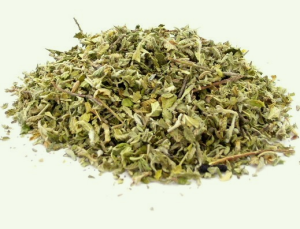Professor Ian Shaw, a toxicologist at the University of Canterbury, gives a crash course in synthetic cannabis chemistry and addiction in an opinion article in the Press.
 An excerpt (read in full here):
An excerpt (read in full here):
Drugs must be tested on animals
OPINION: Toxicologist IAN SHAW explores the “legal high” debate and looks at how the products activate happiness proteins in the brain, why they were legalised and the toxic pitfalls that brought them down.
In 1931, Aldous Huxley’s Brave New World predicted that holidays would not be necessary in his vision of the future because we’d simply take a pill – he called it Soma – and go on a trip for a few hours which would be as good as a two-week break without the travel.
At the time, most readers would have found this fanciful science fiction.
Fast forward eight decades. It’s September 2013 and the New Zealand Government has licensed drugs that give their consumers a Soma-like high and chase away the horrors of everyday life for an hour or two. The perfect break. Or is it?
Before I explore the ins and outs of why the Government needed to legislate under urgency to ban these pharmacological holidays, it would be good to understand how the drugs work and why their consumers might now have an addiction problem that is impossible to deal with without breaking our new law.
Happiness is pure chemistry. It requires that one or more molecules in the brain fit – like a lock and key – into a receptor protein.